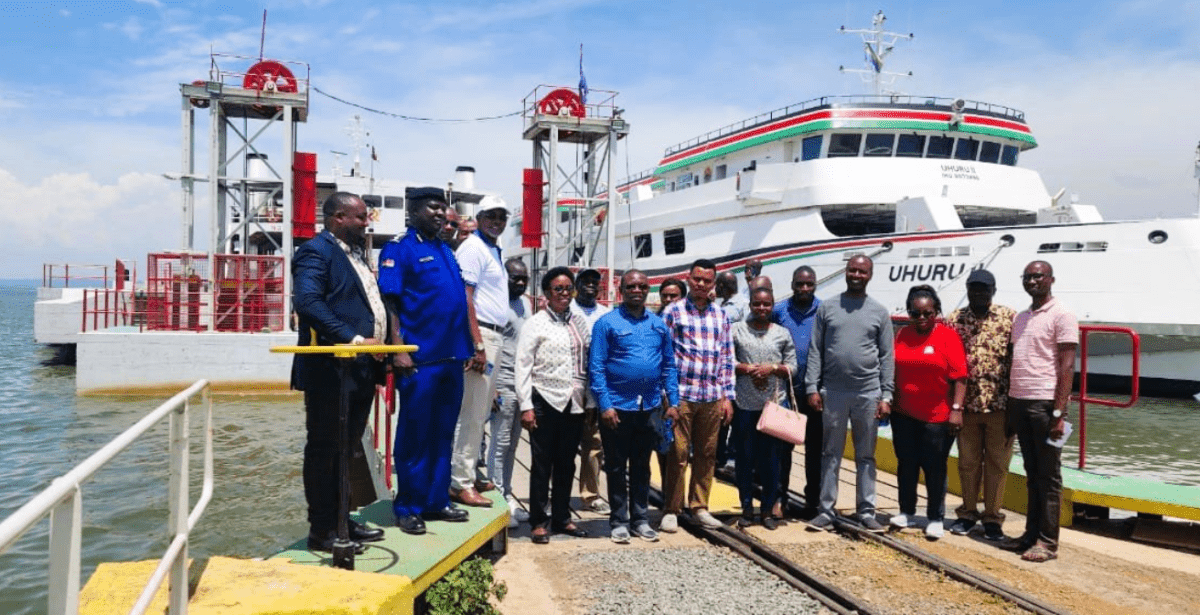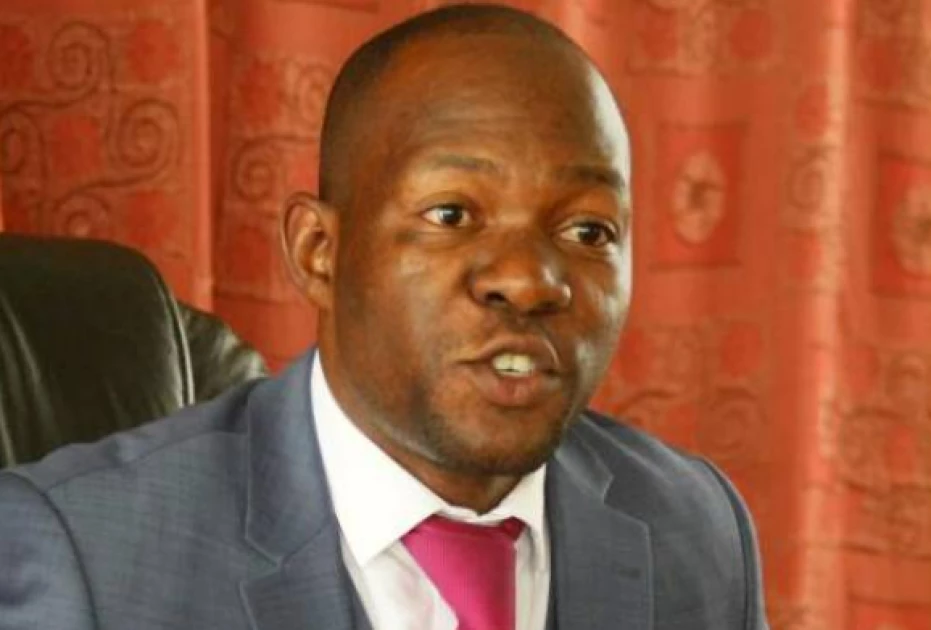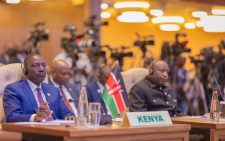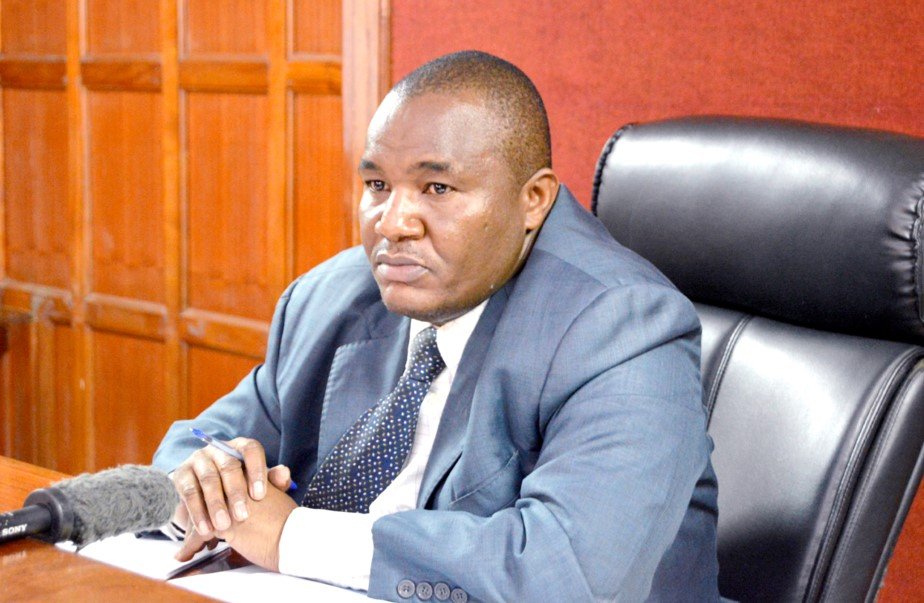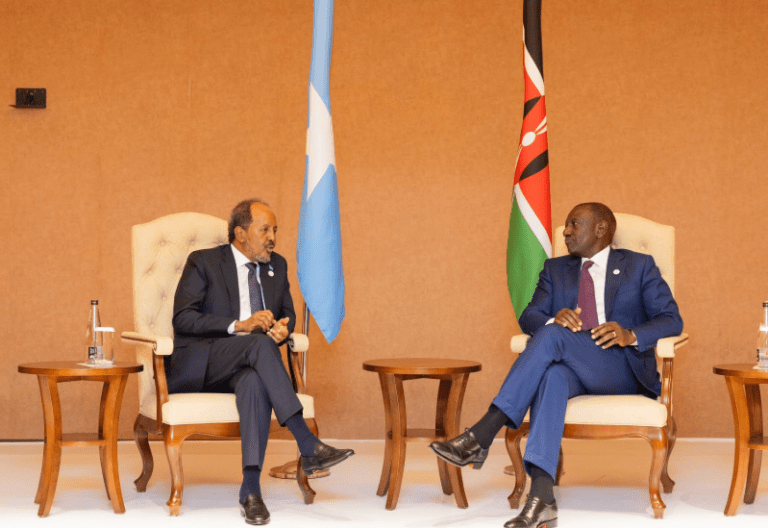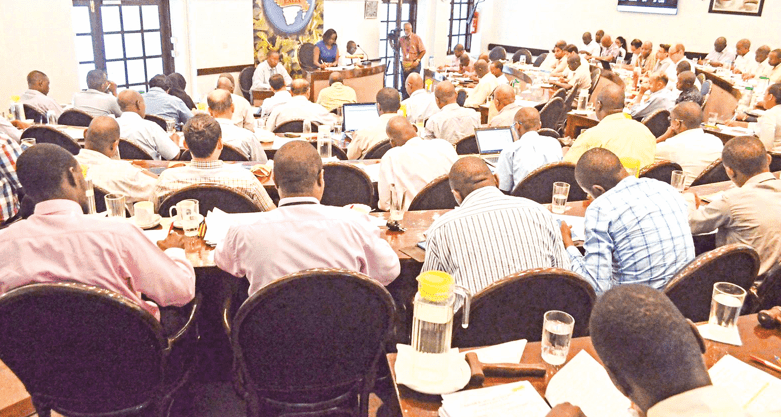Cargo into KPA surged 6pc in 2023
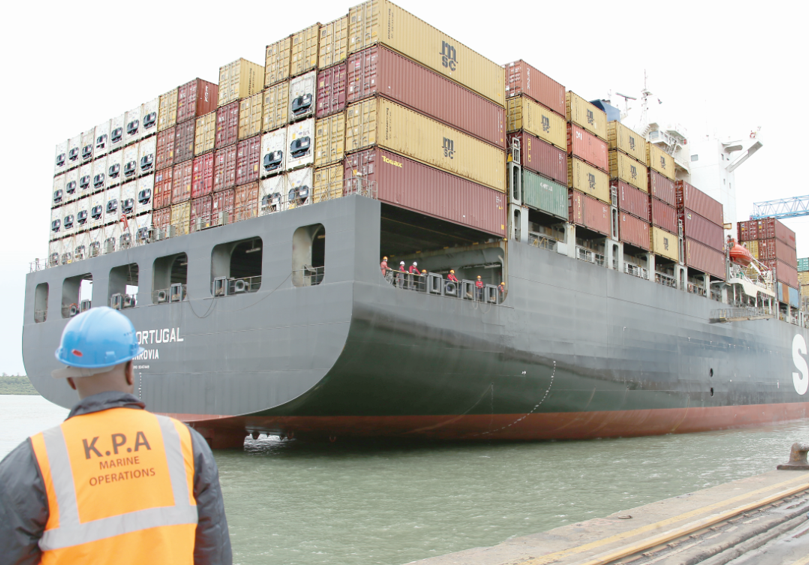
The Port of Mombasa experienced remarkable growth in cargo throughput in 2023, handling a total of 35.98 million metric tons, marking a significant 6.2 per cent increase compared to 2022, signalling a major surge in activities at the port.
Annual Review and Bulletin Statistics released by the Kenya Ports Authority (KPA) shows the growth was primarily driven by an increase in containerized cargo handling, which soared by 2.33 million metric tonnes, equivalent to 14.8 per cent.
Containerized cargo accounted for 50.4 percent of all cargo handled at the Port.
Moreover, the number of vessels calling at the Port increased to 1,835 in 2023, compared to 1,561 in the previous year.
Containerised cargo
“Containerized cargo handling also experienced substantial growth, with container traffic recording a double-digit increase of 11.9 per cent in 2023. The total container traffic reached 1.62 million twenty-foot equivalent units (TEUs), demonstrating the port’s efficiency and capacity to manage expanding trade volumes,” said KPA managing director, Captain William Ruto.
Despite global uncertainties and tight financial conditions affecting exchange rates, the Port of Mombasa thrived in challenging conditions, tapping into emerging markets through competitive services offered at the facility.
The MD noted the impact of external factors such as the El Niño rains, which increased the cost of living and reduced consumer purchasing power, posing risks to demand.
Despite these challenges, the Port of Mombasa’s growth is commendable, reflecting its commitment to operational excellence and efficiency. Key performance indicators such as vessel turnaround times, container vessel productivity, and dwell times have shown significant improvements.
The Port witnessed a substantial increase in transit traffic, reaching 11.41 million metric tons in 2023, emphasizing its strategic importance in facilitating trade flows within the East African region.
Ruto highlighted the port’s efforts in marketing and enhancing relationships with transit markets, particularly South Sudan and the Democratic Republic of Congo (DRC), which contributed to the remarkable growth in volumes.

